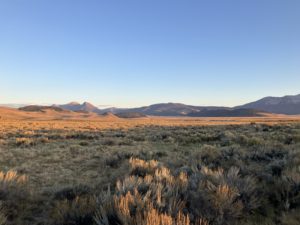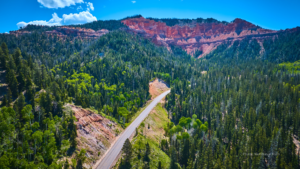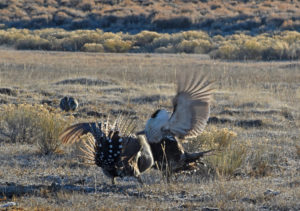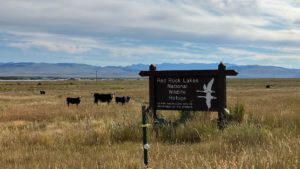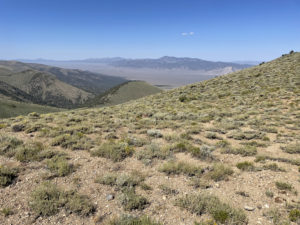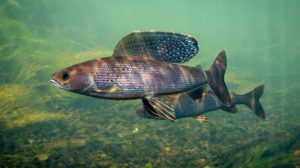For immediate release August 7, 2017
Media contacts:
Erik Molvar, Western Watersheds Project (307) 399-7910; emolvar@westernwatersheds.org
Steve Holmer, American Bird Conservancy (202) 888-7490; sholmer@abcbirds.org
Administration Recommendations Seek to Undermine Sage-Grouse Conservation
Report released today outlines plan to weaken federal sage-grouse protections
BOISE, Ida. – Today, following a 60-day internal review, Secretary Ryan Zinke and the Department of the Interior released new recommendations describing how the administration will seek to circumvent and eliminate the protections promised for greater sage-grouse conservation under the 2015 Approved Resource Management Plan Amendments (ARMPAs) that apply to federally managed public lands across nine western states. The report outlines short- and long-term mechanisms to weaken mitigation standards, alter or undermine science-based habitat objectives, revise habitat boundaries according to states’ desires, and increase access for fluid mineral extraction within sage-grouse habitat.
“The flexibility that was built into these plans has created loopholes that this administration intends to exploit for its energy, mineral, and development agenda on our public lands,” said Erik Molvar, executive director of Western Watersheds Project. “The review pinpointed parts of the plan that can immediately be ignored or overturned through backroom deals and new policies, agreements, and staff training. It’s a cynical exercise in how to skirt sage-grouse protections.”
Commercial uses of the public lands by the oil and gas industry and the livestock industry are the primary focus of the recommendations. None of the recommendations would strengthen or improve the status of sage-grouse or the large tracts of unspoiled habitats it needs to survive.
“Weakening these plans puts the grouse at grave risk of further population declines,” said Steve Holmer, Vice President of Policy at American Bird Conservancy. “In addition to one of the West’s most iconic species, more than 350 species of birds and other wildlife are also at stake.”
Essential safeguards that provide durable protection, such as limits on development density, designated sagebrush focal areas and the hard triggers requiring adaptive management, are targeted for removal.
“Rather than protect sage-grouse habitat, the plan focuses on increasing raven-killing and captive-breeding, both methods discredited by science,” said Molvar. “It’s clear that the Trump Administration can’t say ‘no’ to extractive industries, even when the fate of iconic native wildlife is at stake.”
-END-

